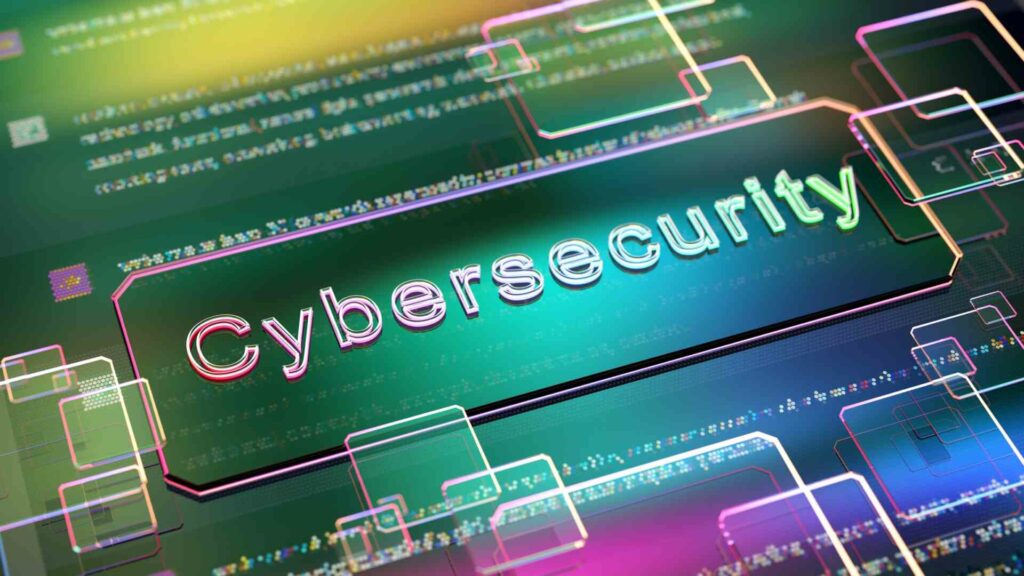In today’s digital landscape, cyber threats pose a significant risk to organizations of all sizes and industries. Despite the best efforts to prevent security breaches, the reality is that no organization is immune to cyber-attacks. That’s why having a robust cyber incident response plan in place is crucial for minimizing the impact of security incidents and ensuring business continuity. In this blog post, we will explore the key steps and components involved in building an effective cyber incident response plan with Netcotech’s expertise.

Establish a Cross-Functional Incident Response Team To Cyber Incidents:
The first step in building a cyber incident response plan is to establish a cross-functional incident response team comprising representatives from IT, cybersecurity, legal, communications, and executive leadership. This team will be responsible for coordinating the organization’s response efforts, communicating with stakeholders, and implementing mitigation strategies during a cyber incident.
Define Incident Severity Levels:
To prioritize and respond to cyber incidents effectively, organizations should define incident severity levels based on the potential impact on business operations, data integrity, and customer trust. Common severity levels include low, medium, high, and critical, with corresponding response procedures and escalation paths outlined for each level.
Develop Cyber Incident Response Procedures:
Developing detailed incident response procedures is essential for guiding the response efforts of the incident response team. These procedures should include step-by-step instructions for detecting, analyzing, containing, eradicating, and recovering from cyber incidents. Additionally, procedures for communicating with internal stakeholders, external partners, and regulatory authorities should be established to ensure transparency and accountability throughout the incident response process.
Implement Detection and Monitoring Tools:
Effective detection and monitoring tools are critical for identifying and responding to cyber threats in real time. Organizations should implement intrusion detection systems (IDS), security information and event management (SIEM) solutions, and endpoint detection and response (EDR) platforms to monitor network traffic, detect anomalous behaviour, and identify potential security incidents. Automated alerts and notifications should be configured to notify the incident response team of suspicious activity promptly.
Establish Communication Channels:
Clear and efficient communication is essential during a cyber incident to ensure timely coordination and decision-making. Organizations should establish communication channels, including email distribution lists, collaboration platforms, and incident response hotlines, for internal and external communication. Additionally, contact information for key stakeholders, third-party vendors, and regulatory authorities should be documented and readily accessible.
Conduct Regular Training and Drills:
Regular training and drills are essential for ensuring that the incident response team is prepared to effectively respond to cyber incidents. Tabletop exercises, simulated cyber attacks, and scenario-based training sessions should be conducted regularly to test the organization’s response procedures, identify gaps in readiness, and improve coordination among team members. Training should also include guidance on legal and regulatory requirements for incident reporting and notification.
Continuously Evaluate and Improve Each Cyber Incident:
Cyber threats are constantly evolving, requiring organizations to continuously evaluate and improve their incident response capabilities. After-action reviews should be conducted following each incident to assess the effectiveness of the response efforts, identify lessons learned, and implement corrective actions to prevent similar incidents in the future. Additionally, the incident response plan should be reviewed and updated regularly to reflect changes in the threat landscape, technology infrastructure, and business operations.